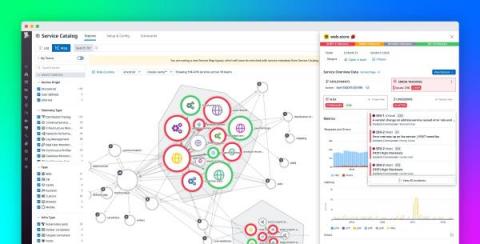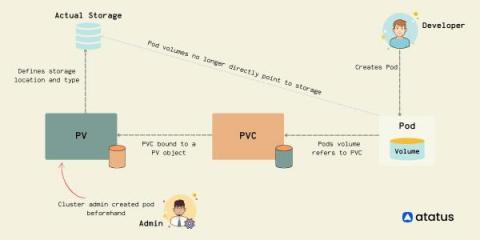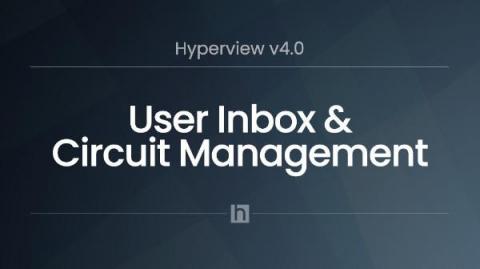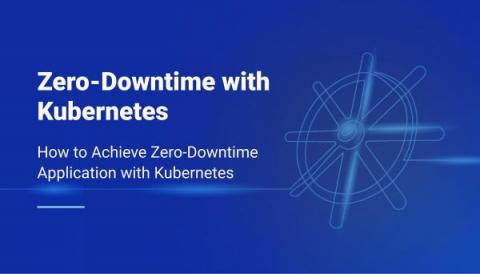Best Practices and Potential Loopholes for Successful Microservices Architecture
Microservices architecture is a software development approach where an application is built as a collection of small, loosely coupled, independently deployable services. Each service focuses on a specific business capability and operates as an autonomous unit, communicating with other services through well-defined APIs. This architectural style is often used in the context of DevOps to create more efficient, scalable, and manageable systems.











